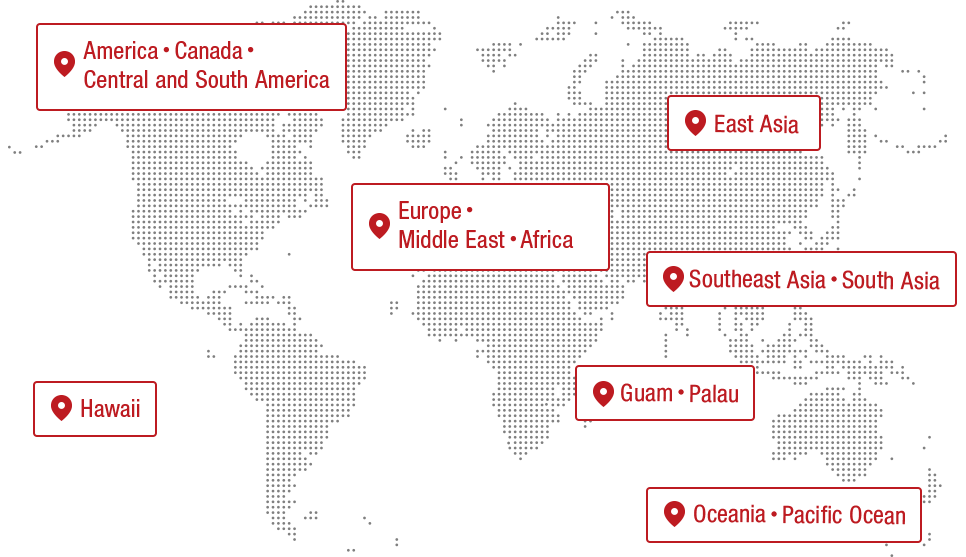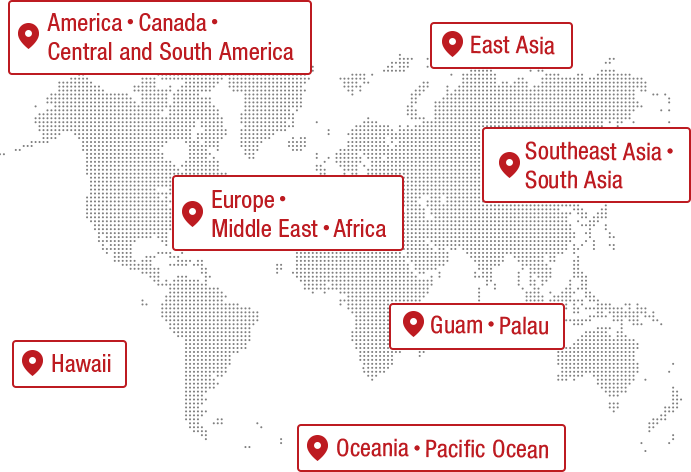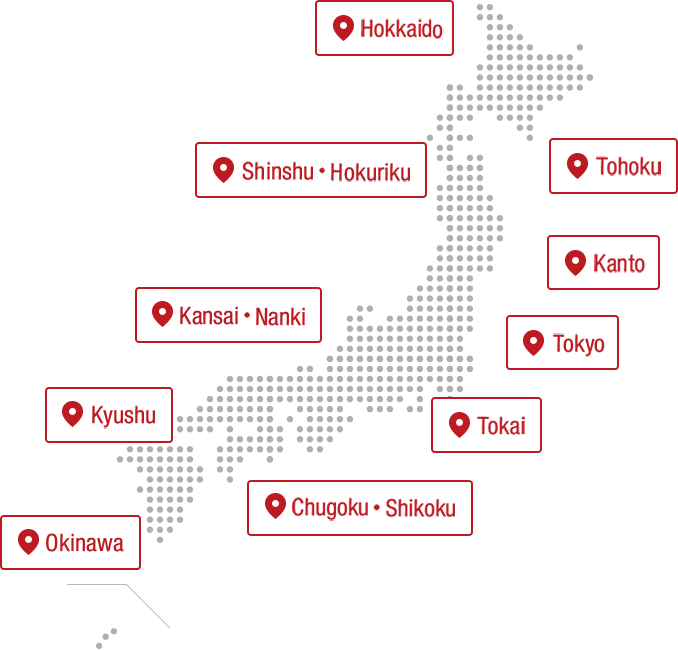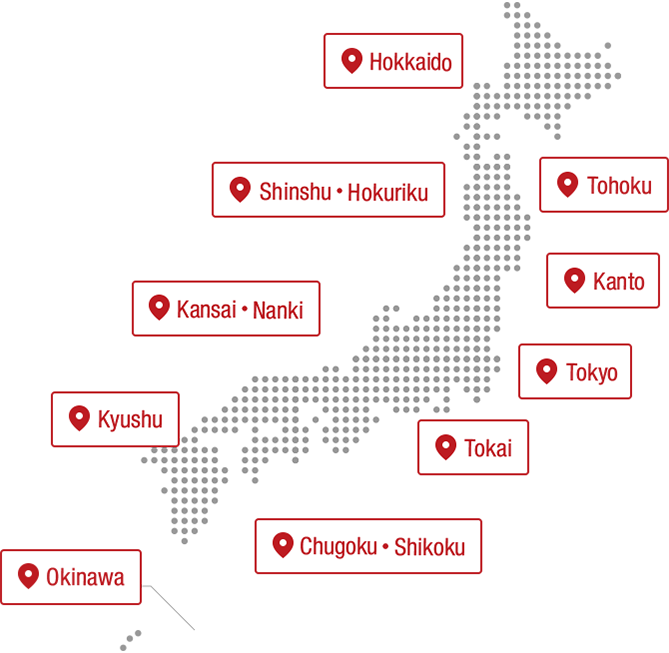
"Cabin crew, prepare for landing." Before the plane begins preparations for landing, this in-flight announcement is made. This is a standard expression from the cockpit to the cabin attendants, "Please begin preparations for landing."
In this way, English is used as the official language among the staff on board. This is because planes fly all over the world. And they don't just use English. Aviation terminology often uses slightly unique expressions to facilitate communication. Some of these expressions are unique to Japan.
We spoke to JAL pilots to find out more about some of the more unusual aviation terms.
Lv1: "An unusual aviation term that has different meanings on the ground and in the air."
[Ship] Literally a "ship," but it's also an aviation term...

"Ship" means a ship, but in the aviation industry it refers to an airplane's body. This is because airplanes inherit the culture of sea voyages, which has a much longer history. The term "captain" for the pilot and the "port side" for the left side of the plane where passengers board and disembark come from their maritime roots.
Example sentence: "Today's ship is the latest equipment (aircraft)."

Although the aircraft is called a "ship," the passenger compartment is called a "cabin," which is also a reference to the culture of ships. In that sense, a flight could be thought of as a voyage through the sky.
[Contact lenses]...but we're not talking about lenses.
In English, it is called "Contact" and its meaning is "to come into contact." In aviation terminology, it is used when radio communication is connected or when actually visually confirming something, and is a phrase frequently used by pilots.
Example sentence: "Contacting radar control."

You may have the impression that you need to have good eyesight to become a pilot. It is true that in the past, pilots were required to have naked eyesight of 1.0 or higher in both eyes, but in Japan, this was revised in 2016 to require naked eyesight of 0.1 or higher in both eyes and corrected eyesight of 1.0 or higher. As a result, there are now pilots who wear contact lenses.
[Bank] You will always be in this position during the flight.
![Image: [Bank] You will always be in this position during flight](https://d1uzk9o9cg136f.cloudfront.net/f/16783489/rc/2023/05/01/b4fb406d62ec88f99be4703f1e732a78d48f544c_xlarge.jpg)
In English, it is called "Bank". It means a bank, but it also means the slope of an embankment or road. In aviation terms, "bank" refers to the angle at which an airplane tilts to turn.
Example sentence: "Bank 15 degrees toward the runway."

By the way, the bank angle of passenger planes is usually at most 30 degrees. This angle is regulated to ensure safety in the cabin, but some single-seater planes can reach 60 degrees or more. In this case, the pilot's posture feels almost "directly sideways" toward the ground.
Lv2 "Abbreviations used only in the sky"
[Raba] A place where we always strive to be clean
![Image: [Raba] A place where cleanliness is always a priority](https://d1uzk9o9cg136f.cloudfront.net/f/16783489/rc/2023/05/01/3c6369d8d3478276ee8c0c69846a8d4f9edaac75_xlarge.jpg)
In English, they are called toilets, restrooms, or bathrooms, but on airplanes they are called "lavatories," or "lavas" for short. The word comes from the Latin "lavare" (to wash), and has the nuance of being a multi-purpose room that is used for a variety of purposes, not just for relieving yourself, but also for changing diapers and as a washroom.
Example sentence: "Good luck with cleaning the mule."

As an aside, in the case of JAL, cleaning the lavatory is the gateway to becoming a cabin attendant. Keeping it sparkling clean is the first step to becoming a full-fledged cabin attendant. Please use a clean lavatory during your flight.
[Tropo] Meteorological terms often used during flights
![Image: [Tropo] Meteorological terms often used during flights](https://d1uzk9o9cg136f.cloudfront.net/f/16783489/rc/2023/05/01/1801a0ceae9efa10d68cb62299a58f6998b63e13_xlarge.jpg)
"Tropopause" is an abbreviation for the tropopause, which is a meteorological term that may not be familiar to you. It is the boundary between the troposphere and the stratosphere, located about 10 km above the ground, and is the upper limit at which water vapor can exist. Since the quality of the air changes, this can lead to turbulence, so pilots flying at high altitudes are constantly aware of its existence.
Example sentence: "This area is tropo so it may shake a little."

Passenger aircraft generally cruise at an altitude of about 10 km above the ground. For military aircraft, the upper limit can reach 18 km. Incidentally, the orbit of the International Space Station is 278 to 460 km. There is always someone better.
Level 3: "JAL's unique terminology, unique to this place in the world"
[P-kun] ... is written as "Pai-kun" and pronounced as "Pai-kun"
![Image: [P-kun] ... is written as "Pai-kun" and pronounced as "Pai-kun"](https://d1uzk9o9cg136f.cloudfront.net/f/16783489/rc/2023/05/01/ea3dcbff37250548550f1b47708131a5589a4ba2_xlarge.jpg)
This is an expression unique to JAL. It is a play on the word "Pilot Trainee" and there is a tradition that the superiors affectionately call junior pilot trainees "Pai-kun (Pai-kun)". This photo shows a training scene in a flight simulator. In this way, in addition to flight duties, daily training is essential for pilots.
Example sentence: "I am Pai-kun's ◯◯."

Apparently, there are trainees who have introduced themselves like this and been laughed at by their seniors, who told them, "Don't say that yourself."
[Cisco] It's the name of a place in the United States, but it's a phrase unique to the airline JAL.
![Image: [Cisco] It's the name of a place in the US, but it's a phrase unique to the airline JAL.](https://d1uzk9o9cg136f.cloudfront.net/f/16783489/rc/2023/05/01/483c4d7b35e4d7abfd753159d32c0951ed057289_xlarge.jpg)
"Cisco" is the last three letters of San Francisco. This is a commonly used Japanese idiom, but other airlines often call it "Sanfran." If you hear the abbreviation "Sanfran" or "Cisco," you might be able to guess which airline it belongs to.
Example sentence: "The destination of this flight is Cisco."

The airport code for San Francisco International Airport is "SFO". It is the second busiest airport on the west coast of the United States after Los Angeles International Airport (LAX). San Francisco is also home to a Japanese town, and is relatively close to Japan, so it is also recommended as a tourist destination.
[76] This can be seen at airports all over Japan.
![Photo: [76] This can be seen at airports all over Japan.](https://d1uzk9o9cg136f.cloudfront.net/f/16783489/rc/2023/05/01/bd886409afae1dce156f3626f0253e53364e327c_xlarge.jpg)
The Boeing 767 is abbreviated to "Nana-Roku" by JAL. It is the nickname for the aircraft. Other airlines call it "B-Roku," but JAL introduced it in 1985 and it is a famous aircraft that has been in the front line for about 40 years. Other Boeing aircraft abbreviations include Nana-san for the 737 and Nanahachi for the 787. For some reason, the 777 is also a triple, as other airlines do.
Example sentence: "Next time, I'm going to try to get qualified to pilot a Nanahachi."

By the way, the nickname of JAL's Airbus A350 is "Sangomaru." Since it is the only state-of-the-art aircraft used by JAL in Japan, there is no nickname for it on the airlines' side.
Aviation terminology and unique expressions are also for our customers

There are many other aviation terms and expressions. Some pilots say, "I try not to use terms that seem specialized, because even within JAL, expressions can differ." Aviation terms, which are directly related to air safety, are a way of conveying information concisely and quickly. In other words, they are a communication technique developed for the sake of customers.
If you hear any words that you are unfamiliar with, please feel free to ask a cabin attendant or ground staff nearby. Why not experience the profound culture of aviation terminology during your flight?
Related article
The contents published are accurate at the time of publication and are subject to change.














